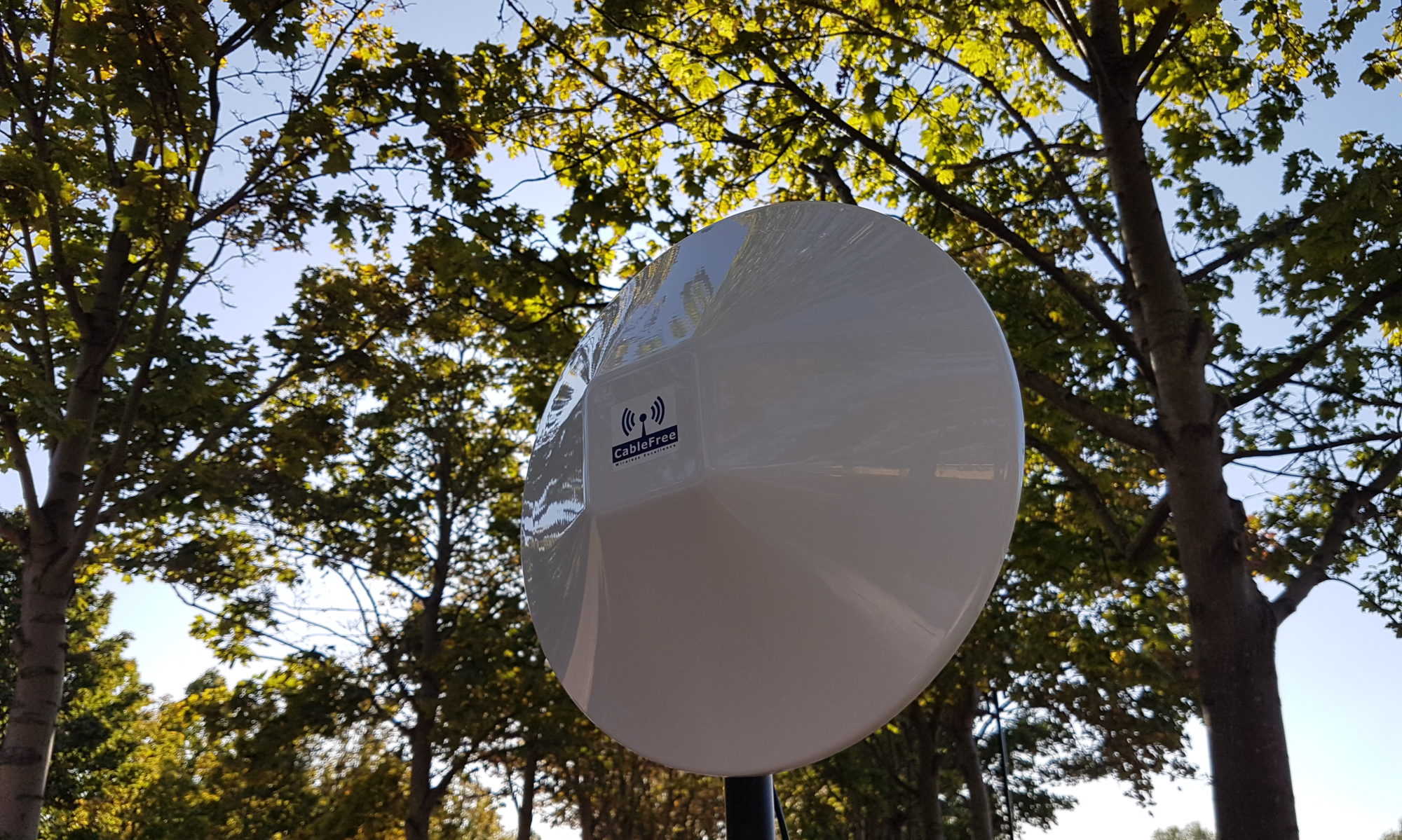IEEE802.11ad was the first 60GHz V-band Wi-Fi standard. Offering high speeds this standard takes WiFi speed to level far higher than previous WiFi standards. 802.11ad Wi-Fi is rated for data throughput up to 4,600Mbps, or four times faster than the comparable 5GHz band 802.11ac.
What is 802.11ad?
IEEE 802.11ad is an amendment to the IEEE 802.11 wireless networking standard, developed to provide a Multiple Gigabit Wireless System (MGWS) standard at 60 GHz frequency

After revision, the 60 GHz band covers the frequency of 57 to 71 GHz . The frequency band is subdivided into 6 (previously 4) different channels in IEEE 802.11ad, each of them occupy 2160 MHz of space and provide 1760 MHz of bandwidth
802.11ad channels:
| Channel | Center (GHz) | Min. (GHz) | Max. (GHz) | BW (GHz) |
|---|---|---|---|---|
| 1 | 58.32 | 57.24 | 59.40 | 2.16 |
| 2 | 60.48 | 59.40 | 61.56 | |
| 3 | 62.64 | 61.56 | 63.72 | |
| 4 | 64.80 | 63.72 | 65.88 | |
| 5 | 66.96 | 65.88 | 68.04 | |
| 6 | 69.12 | 68.04 | 70.20 |
Note: Some of these frequencies might not available for the use of IEEE 802.11ad networks around the world (reserved for other purposes or requires licenses).
How does 802.11ad Wi-Fi work?
Like previous versions of Wi-Fi, 802.11ad is an official standard ratified by the Wi-Fi Alliance. Unlike previous versions, however, the tech behind it didn’t come from the IEEE (Institute of Electrical and Electronics Engineers). Instead, it’s based on tech created by the WiGig (Wireless Gigabit) Alliance, which was officially announced back in 2009, entered draft stage with the IEEE in 2011, and finally emerged as the standard it is today when the WiGig Alliance merged with Wi-Fi Alliance in 2013.
Limitations of 802.11ad
Because it uses the V band of millimeter wave (mmW) frequency, the range of IEEE 802.11ad communication would be rather limited (just a few meters and difficult to pass through obstacles/walls) compared to other conventional Wi-Fi systems. However, the high frequency allows it to use more bandwidth which in turn enables the transmission of data at high data rates up to multiple gigabits per second, enabling usage scenarios like transmission of uncompressed UHD video over the wireless network.
The Next Generation
The following standard for even higher capacity in 60GHz V-band is IEEE 802.11ay
For Further Information
Please Contact Us


